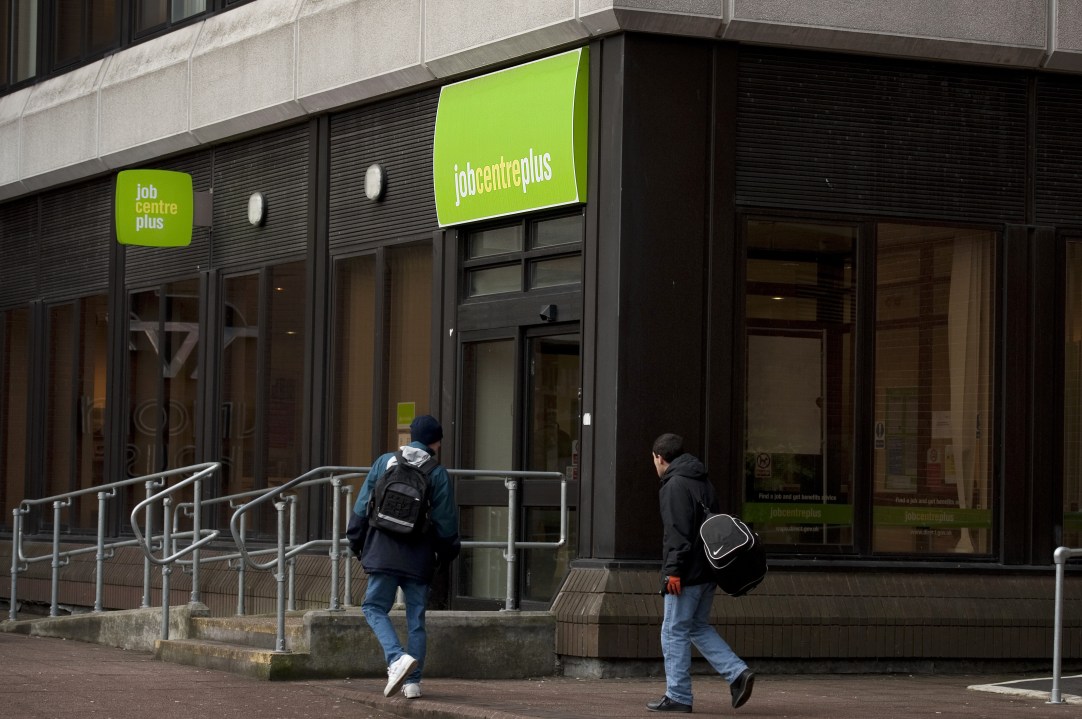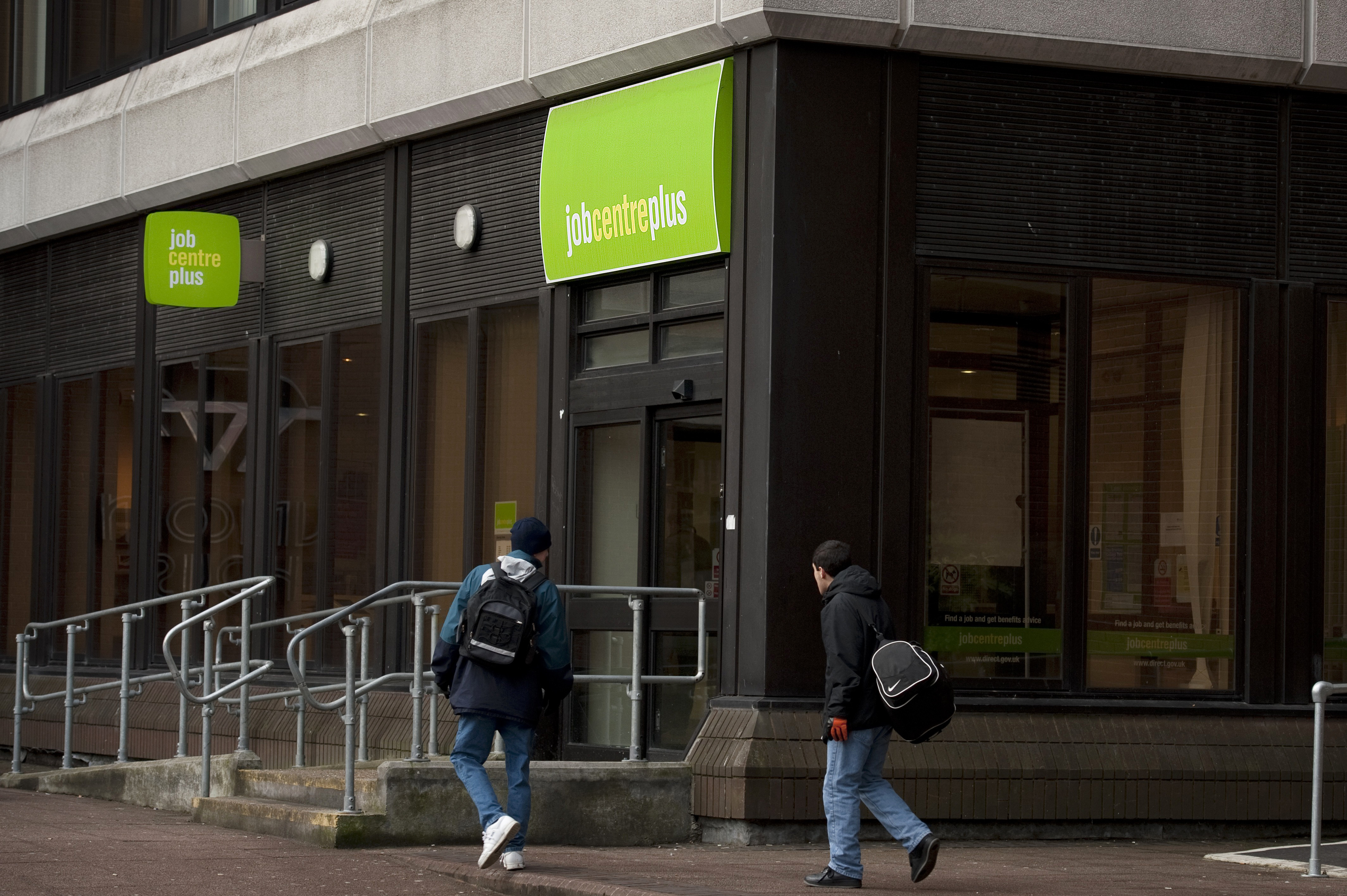The employment level has risen since the election, according to today’s figures — albeit only slightly, from 29.0m to 29.1m. But unemployment’s up too: from 2.46m to 2.67m. So how come we’ve seen both more jobs and lengthening dole queues?
Well, that’s because the ‘economically active’ population (people who are in work or ‘have been actively seeking work and are available to start work if a job is offered’) has grown faster than employment has. There are now 31.8m people in the UK who fit that description, an increase of 320,000 since the coalition came to power. But with only a 110,000 rise in employment, that means the number of folk unemployed has risen by 210,000.
Part of the reason that the rise in employment has failed to reduce unemployment is that those people benefiting are those who used to be outside the labour market: in particular, old people and immigrants. The number of over-65s in work has risen by 55,000 since the election — accounting for almost half of the overall increase in employment.
The breakdowns by country of birth and nationality don’t quite correspond to the figures above because they are ‘not seasonally adjusted’. By this measure, total employment has
increased by 285,000 since the election. And, of this, 92 per cent is accounted for by the 262,000 extra non UK-born workers. The number of UK-born people in work has crept up by just 17,000:

What if we break it down by nationality instead? We find that the increase in foreign nationals in work accounts for 58 per cent of the overall rise: there are 166,000 more since the election,
compared to 108,000 more UK nationals.
This is a clear reminder that creating jobs is not enough to tackle our unemployment problem — which is particularly deep among young people, with the unemployment rate of 16-24 year olds at 22 per cent — and that more needs to be done on the supply-side too. It demonstrates just how much is riding on Iain Duncan Smith’s welfare reforms and, in the longer term, Michael Gove’s education ones.







Comments